The financial landscape is rapidly evolving, with APIs becoming the backbone of modern integrations. Among the key players in this space are PNC Bank and Plaid, whose collaboration has streamlined secure data sharing. This article explores the PNC Plaid API, its features, benefits, and real-world applications. We’ll also dive into popular terms like Plaid API docs, Plaid API pricing, and how to integrate the Plaid API for personal use or business needs.
What is PNC Plaid API Data Sharing?
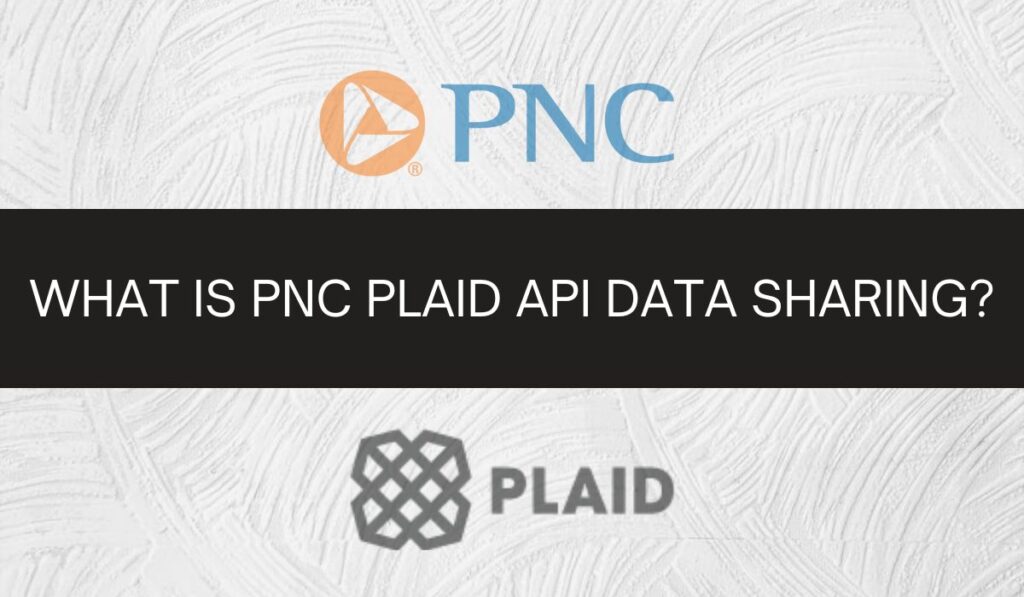
The PNC Plaid API simplifies how banking data is shared between PNC Bank and third-party applications. Plaid’s role in this partnership is pivotal, offering a robust interface that enables secure, real-time access to financial information.
For example, a user might link their PNC Bank account to a budgeting app via Plaid’s API, granting the app access to transaction histories and balances securely. The integration ensures that sensitive data remains encrypted and is only shared with user consent.
This collaboration is invaluable for personal and business use, whether you’re tracking expenses, managing payroll, or accessing Plaid API transactions for accounting software.
| Feature | Details |
|---|---|
| API Name | PNC Plaid API |
| Purpose | Secure data sharing between PNC Bank and third-party applications |
| Security | End-to-end encryption, OAuth authentication |
| Key Endpoints | Plaid balance API, Plaid transaction API, Plaid assets API |
| Main Use Cases | Personal finance apps, business accounting, custom financial tools |
| Developer Resources | Plaid API docs, Plaid API Python library, Plaid API Postman for testing |
Why Choose PNC Plaid API?
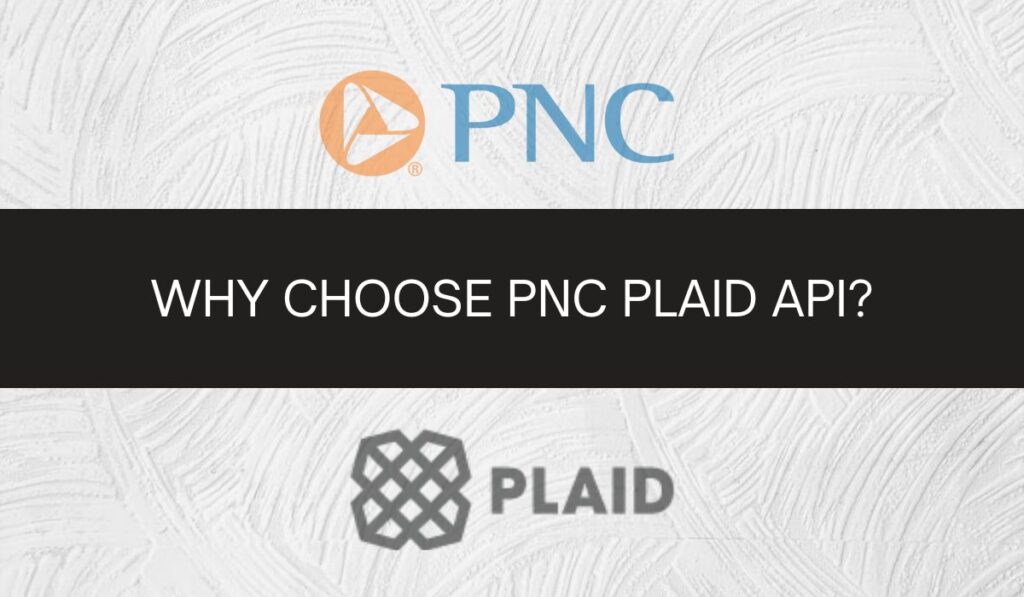
The PNC Plaid API is a game-changer for developers and businesses due to its unique features:
- Real-Time Access: Access up-to-date account details and transactions through endpoints like the Plaid balance API and Plaid transaction API.
- Secure Authentication: By leveraging OAuth protocols, users can authenticate their accounts without exposing credentials.
- Versatile Applications: From personal finance tools to enterprise solutions, the API caters to diverse needs.
This versatility extends to other integrations, such as the Plaid Chase API, which provides access to credit card and banking data for Chase customers.
READ ALSO: Kabbage Lending: Revolutionizing Small Business Financing
Key Benefits of PNC Plaid API
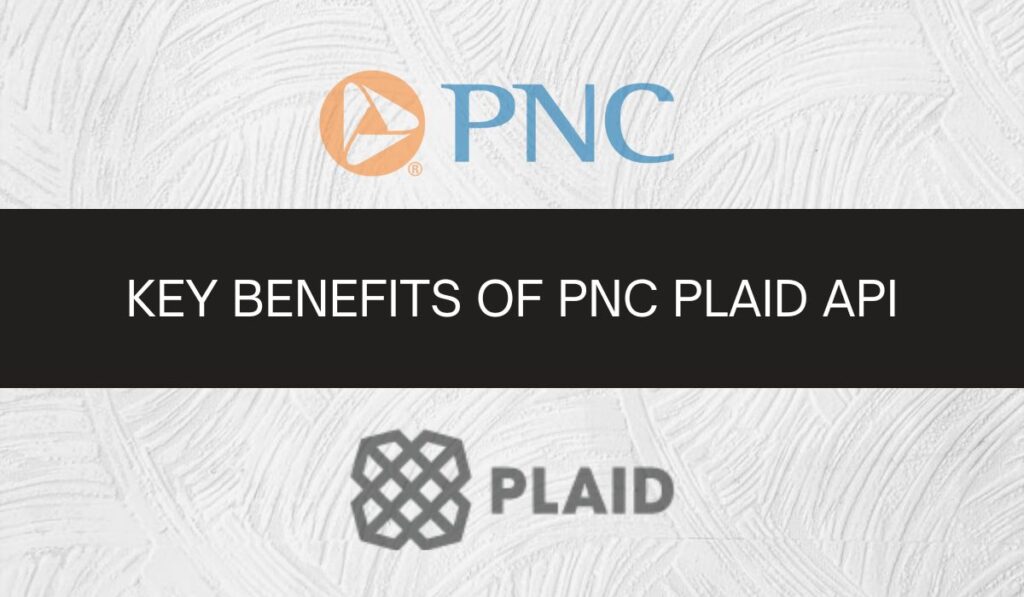
The PNC Plaid API offers multiple advantages for both developers and end-users:
- Seamless User Experience: Integrating Plaid API for personal use allows users to connect accounts without the hassle of manual data entry.
- Enhanced Business Operations: Businesses benefit from streamlined workflows, whether accessing Plaid API transactions or automating financial reconciliations.
- Scalable Solutions: Whether using the Plaid developer API or exploring Plaid API Python integrations, the platform is flexible enough for small apps and large-scale enterprise systems.
These features empower developers to create robust tools, leveraging the full potential of Plaid’s API.
Security in PNC Plaid API Data Sharing
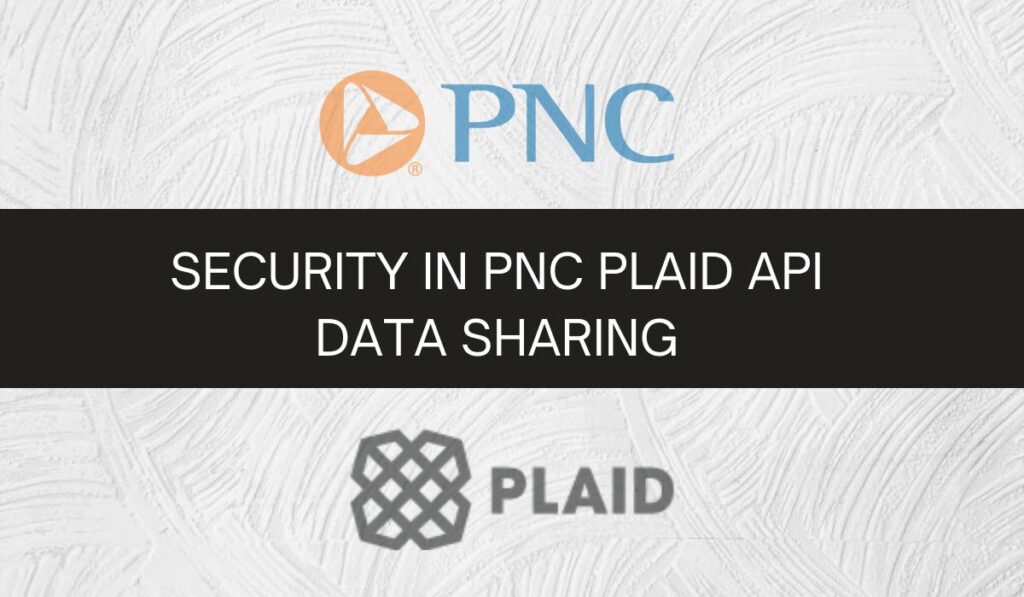
Security is a top priority for PNC Bank and Plaid. Here’s how the integration keeps your data safe:
- Encryption: All data shared via the Plaid API exchange is encrypted end-to-end, ensuring it cannot be intercepted or misused.
- User Consent: The API is designed to share data only with explicit user permission.
- Transparency: Features like the Plaid API documentation offer clear guidelines, ensuring developers adhere to best practices.
These safeguards make the PNC Plaid API a trusted choice for sensitive financial integrations.
How to Integrate the PNC Plaid API
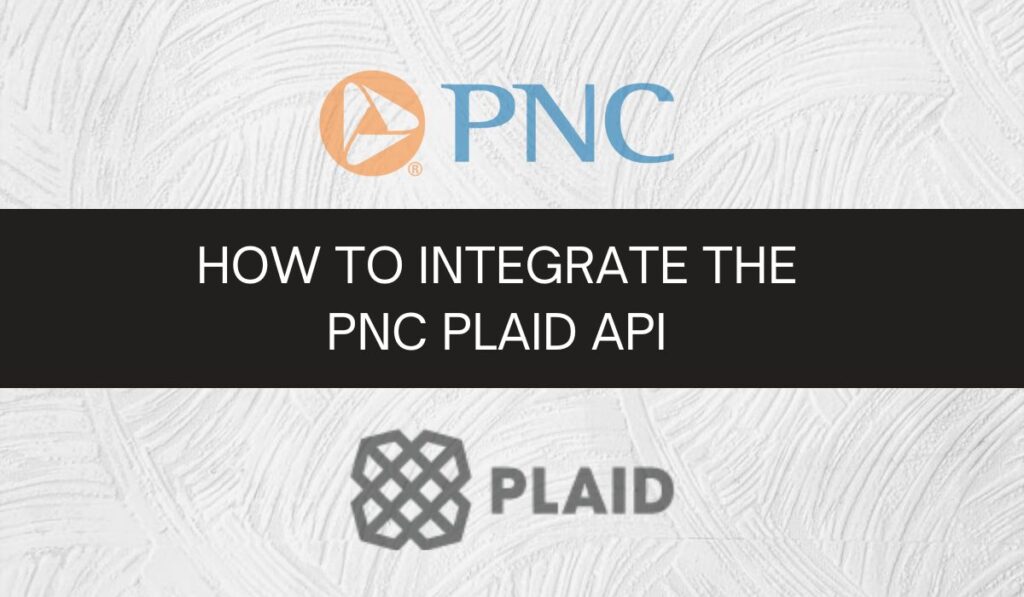
Integrating the PNC Plaid API is straightforward, thanks to the extensive resources available:
- Explore Plaid API Docs: Start by reviewing the Plaid API documentation, which provides step-by-step instructions for various endpoints, such as the Plaid transfer API and Plaid assets API.
- Set Up API Keys: Obtain credentials from Plaid’s developer portal. These keys are essential for connecting your app to the Plaid banking API.
- Implement OAuth Authentication: Securely authenticate user accounts using OAuth protocols. This ensures that sensitive credentials are never exposed.
- Test Your Integration: Use Plaid’s sandbox environment to verify functionality before deploying your app.
Developers often use tools like Plaid API Postman or programming languages like Python for faster setup and testing.
Use Cases for PNC Plaid API
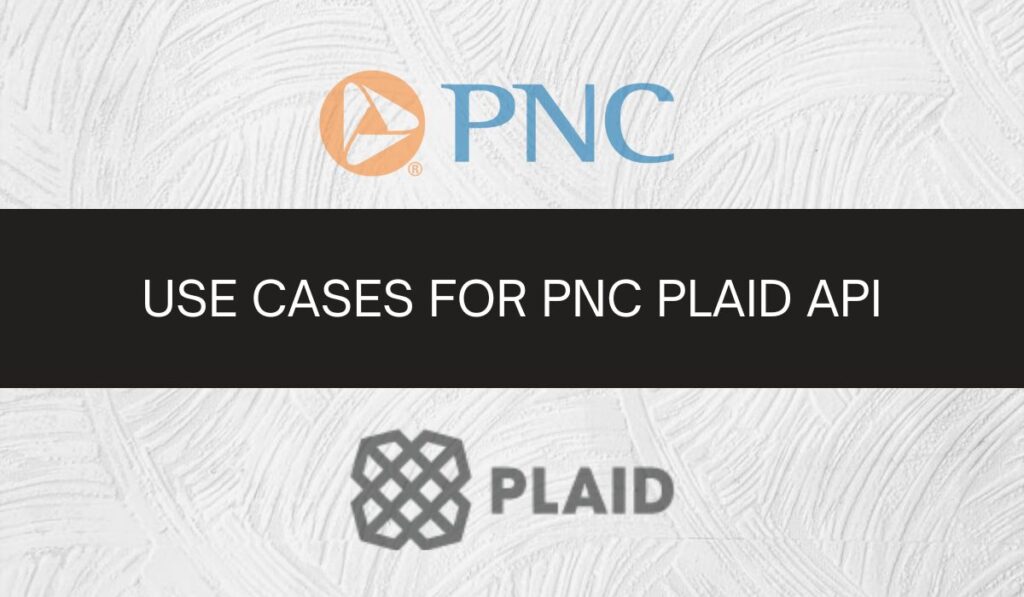
The PNC Plaid API powers a variety of applications, from personal finance apps to enterprise solutions:
- Personal Finance Tools: Apps like Mint and YNAB rely on the Plaid transactions API to provide real-time updates on user spending habits.
- Business Accounting: Enterprises leverage the Plaid investments API and other endpoints to automate reporting and asset tracking.
- Custom Integrations: Developers often use the Plaid API Python library to create bespoke solutions tailored to unique business needs.
These use cases highlight the API’s potential to transform how financial data is utilized.
Conclusion
The PNC Plaid API is a versatile and secure solution for financial data sharing. By leveraging Plaid’s powerful infrastructure, developers can build innovative tools that enhance user experiences and streamline business operations. Whether exploring the Plaid API pricing for enterprise use or integrating it for personal projects, the opportunities are endless.
For those ready to innovate, resources like Plaid API documentation and sandbox environments make it easier than ever to get started. Start your journey today and unlock the potential of PNC Plaid API data sharing.
FAQs
1. What is the Plaid API used for?
The Plaid API facilitates secure data sharing between financial institutions like PNC Bank and third-party applications. It’s commonly used for account linking, transaction monitoring, and budgeting tools.
2. How does the PNC Plaid API handle security?
The API employs end-to-end encryption, OAuth authentication, and user consent protocols to safeguard sensitive data.
3. Can I use the Plaid API for personal projects?
Yes, developers can explore Plaid API for personal use, accessing resources like the Plaid API docs to build small-scale integrations.
4. What are the costs associated with the Plaid API?
While there are free tiers available, advanced features may incur fees. For detailed information, refer to Plaid API pricing or consult Plaid’s official website.
5. How does the Plaid Chase API differ from the PNC Plaid API?
The Plaid Chase API focuses on Chase accounts, including credit card data, while the PNC Plaid API is tailored for PNC Bank users.


